| REF: | 15688_320757 |
| DATE: | 06 - 10 Jul 2025 10.Jul.2025 |
| LOCATION: |
Cairo (Egypt) |
| INDIVIDUAL FEE: |
3500 Euro |
Introduction:
The Oil and Gas Pigging System Design course provides an understanding of pigging systems used in the oil and gas industry. Pigging maintains pipeline operations' integrity, efficiency, and safety. Attendees will gain proficiency in structuring oil and gas systems that ensure smooth and secure pigging operations. It will cover oil and gas pipeline design that directly affects pigging and discuss the role of the oil and gas design engineer in orchestrating a pigging strategy.
In this Oil and Gas Pigging System Design course, participants will explore the principles and practices of designing effective pigging systems for oil and gas pipelines. They will emphasize the selection of pig types, design considerations for pigging facilities, and the integration of pigging systems into overall pipeline operations, including oil and gas well design, piping design, and process design.
Participants in the Oil and Gas Pigging System Design training will gain the knowledge and skills to design and implement robust pigging solutions that enhance pipeline performance and reduce operational risks through detailed modules, real-world case studies, and practical insights into what is pigging in oil and gas disciplines, such as design engineering in the oil and gas industry and facilities design.
In this Oil and Gas Pigging System Design course, participants will explore the interconnectedness of oil and gas well design and pipeline design with pigging system outcomes. Participants will examine how the complexities of well-designed oil and gas, including the geotechnical aspects and the reservoir properties, influence the selection and design of pigging systems.
Targeted Groups:
- Pipeline Engineers.
- Operations Managers.
- Maintenance Technicians.
- Project Engineers.
- Design Engineers in the Oil and Gas Industry.
- Asset Integrity Specialists.
- Process Engineers.
- Safety Officers.
- Oil and Gas Industry Consultants.
Course Objectives:
At the end of this Oil and Gas Pigging System Design course, the participants will:
- Understand the principles and importance of pigging in pipeline operations.
- Learn to design effective pigging systems for various pipeline conditions.
- Identify and select appropriate pig types based on operational needs.
- Develop skills to integrate pigging systems into existing pipeline infrastructures.
- Apply best practices for pigging system maintenance and troubleshooting.
- Ensure compliance with industry standards and safety regulations.
- Analyze real-world case studies to improve design and operational strategies.
Targeted Competencies:
By the end of this Oil and Gas Pigging System Design training, participants competencies will:
- Pigging System Design.
- Pipeline Integrity Management.
- Pig Selection and Application.
- Flow Assurance.
- System Integration.
- Operational Safety and Risk Management.
- Maintenance Planning.
- Troubleshooting and Problem Solving.
- Regulatory Compliance and Standards.
Course Content:
Unit 1: Introduction to Pigging Systems:
- Overview of pigging systems in the oil and gas industry.
- Definitions and terminology related to pigging.
- History and evolution of pigging technology.
- Types of pigs and their functions (e.g., scraper pigs, gauge pigs).
- Importance of pigging for pipeline maintenance and safety.
- Applications and benefits of pigging in different pipeline scenarios.
Unit 2: Pigging System Design Principles:
- Fundamentals of designing pigging systems within the oil and gas piping design framework.
- Key design considerations and factors (e.g., pipeline diameter, flow rates).
- Design criteria for pig launchers and receivers.
- Integration of pigging systems with existing pipelines.
- Selection criteria for pigging equipment and components.
- Impact of pipeline geometry and materials on design.
Unit 3: Pigging Equipment and Components:
- Detailed overview of pigging equipment (e.g., launchers, receivers).
- Types and functions of different pigs (e.g., cleaning, inspection, batch pigs).
- Material selection for pigging equipment.
- Installation and maintenance of pigging components.
- Safety features and operational controls of pigging equipment.
- Troubleshooting common issues with pigging equipment.
Unit 4: Operational Considerations and Best Practices:
- Procedures for pigging operations and workflow.
- Best practices for launching and receiving pigs.
- Handling and storage of pigs and pigging equipment.
- Monitoring and control during pigging operations.
- Techniques for optimizing pigging performance.
- Addressing and mitigating operational challenges and risks.
Unit 5: Case Studies and Practical Applications:
- Analysis of real-world pigging system designs.
- Case studies of successful and problematic pigging implementations.
- Lessons learned from industry examples and failures.
- Strategies for applying theoretical knowledge to practical situations.
- Evaluation of pigging system performance and effectiveness.
- Recommendations for improving pigging system designs based on case studies.


